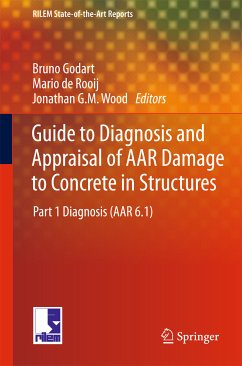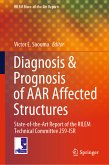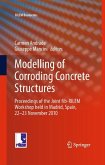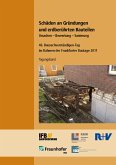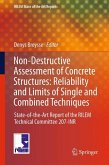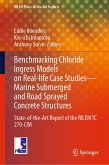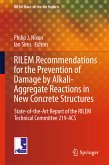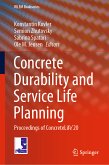This book describes procedures and methodologies used predominantly to obtain a diagnosis of damaged concrete possibly caused by Alkali-Aggregate Reaction (AAR). It has two primary objectives, namely firstly to identify the presence of AAR reaction, and whether or not the reaction is the primary or contributory cause of damage in the concrete; and secondly, to establish its intensity (severity) in various members of a structure. It includes aspects such as field inspection of the structure, sampling, petrographic examination of core samples, and supplementary tests and analyses on cores, such as mechanical tests and chemical analysis. Evaluation of test data for prognosis, consequences and appraisal will be more fully set out in AAR-6.2.
Dieser Download kann aus rechtlichen Gründen nur mit Rechnungsadresse in A, B, BG, CY, CZ, D, DK, EW, E, FIN, F, GR, HR, H, IRL, I, LT, L, LR, M, NL, PL, P, R, S, SLO, SK ausgeliefert werden.
Hinweis: Dieser Artikel kann nur an eine deutsche Lieferadresse ausgeliefert werden.

